
What happened?
China and the European Union have established eye-catching infrastructure initiatives over the years, with China being the outlier in this respect. This year marks the tenth anniversary of the Belt and Road Initiative (BRI), which aims to connect China with the rest of the world by land and by sea. Initially set to link Europe to China, the initiative has grown to include 154 cooperating countries across the Asia-Pacific, Latin America, the Middle East and Africa.
In 2021, the EU launched the Global Gateway initiative as its own infrastructure investment programme, viewed by many as a European reaction and sustainable alternative to China’s BRI. Mobilising €300bn over a five-year period on sustainable and high-quality projects, the EU vows to prioritise the needs of its partner countries and ensure lasting benefits for their local communities.
Both ‘grand’ projects have been subject to praise and criticism in equal measure. For many receiving BRI finance, it has bridged infrastructural gaps through its loans guided by non-interventionism, offering low- and middle-income countries an alternative to the political, environmental and social conditionality inherent to Western investments. The Global Gateway has been praised for its ambition and scale, as well as positioning the EU as a serious global player in the field.
However, these initiatives have also raised concerns. For the BRI, it is the lack of transparency and long-term viability of loans, limited to short-term economic gains that primarily benefit their governments rather than citizens and, in some cases, cause unmanageable debt distress. Global Gateway critics point to its vague formulation, significant repackaging of existing programmes and questionable degree of partner country ownership.
It remains to be seen whether both narratives will continue to compete or if complementarity in some areas is possible. Regardless, both are significant and present opportunities and challenges depending on the ‘eye of the beholder’.
Read the full event report here. This high-level dinner debate took place in Brussels on the eve of our Europe-China Forum, which was held on 23 November. Follow us on Twitter, LinkedIn, Instagram or Facebook, and join the #FoEDebate!
Related content:
- Event | Global Europe Summit: rethinking collective action for peace and sustainability
- Event | Europe-China Forum: 20 years on – what’s next for EU-China relations?
- Event | Africa-Europe-Asia: catalysing green reform of the international financial system
- Insight | EU-China trade and investment: unbalanced and well below potential
- Event | Europe-China Forum – tackling increasing global challenges: prioritising constructive cooperation
Our events include photos, audio and video recording that we might use for promotional purposes. By registering, you give your permission to use your image. Should you have any questions, please contact us.
PHOTO CREDIT: hxdbzxy/Shutterstock
Schedule
- The regional focuses of both the Global Gateway and the BRI overlap in Africa, Asia, Latin America and the Caribbean. To what extent is competition between the two initiatives necessary in some areas, and to what extent could they complement one another in other fields?
- Although most western European countries are not involved in the BRI, some eastern and southern EU member states—for example, the Czech Republic, Poland, Greece, Italy and Portugal—take part in the initiative. How can the EU reconcile this contradiction with its critical stance on the BRI?
- The United States and some Indo-Pacific countries fear Chinese military expansion through the BRI in the region, although China asserts that the objectives are economic. What are the security implications of BRI expansion, and to what extent should these be addressed?
Partners
Co-organised with
Activities
Rewriting the rulebook on EU-China scientific cooperation
Past event Online & Livestream
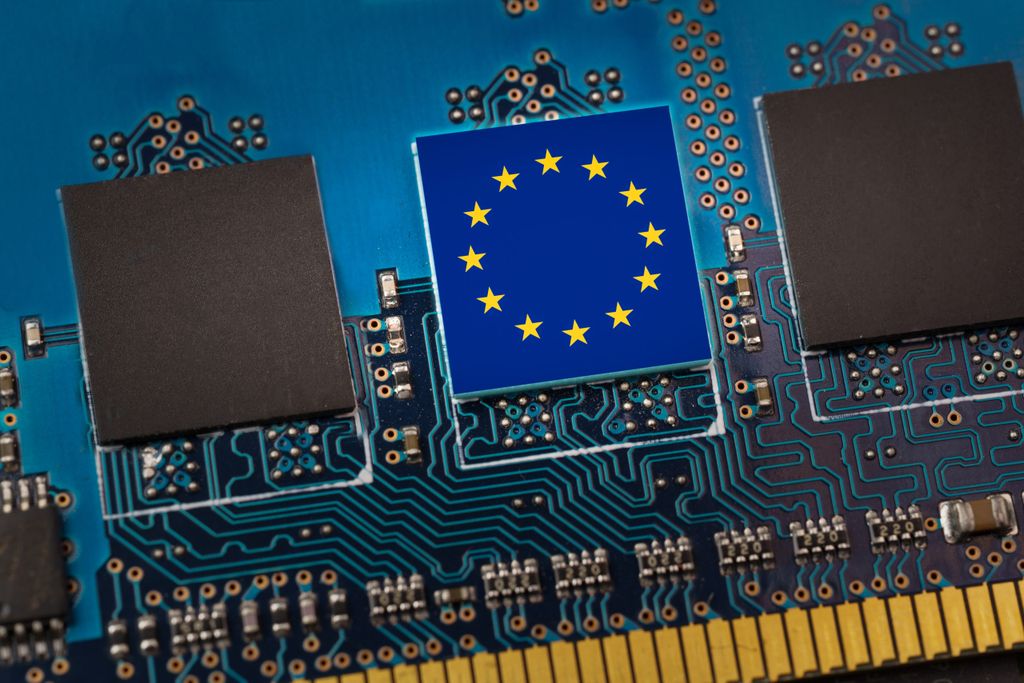
- Area of Expertise
- Global Europe
Global Europe: bridging investment and sustainable development
Past event In person

- Area of Expertise
- Global Europe
Europe-China Forum – tackling increasing global challenges: prioritising…
Past event in person
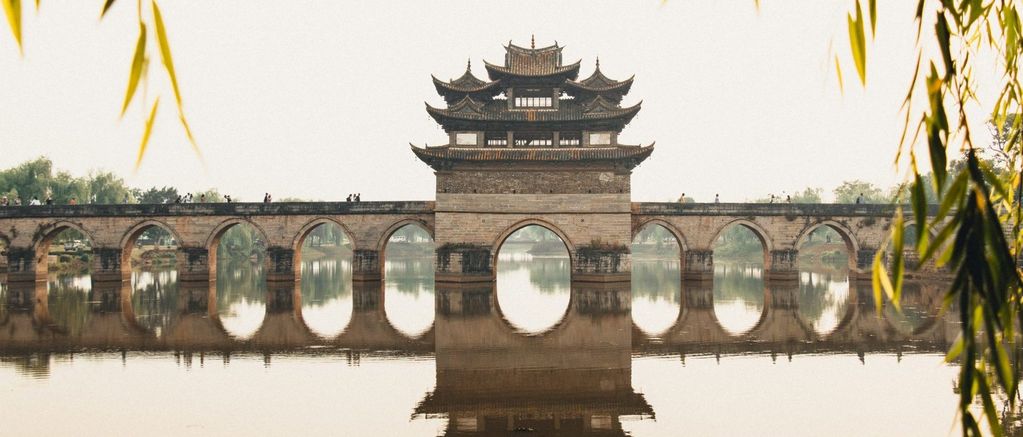
- Area of Expertise
- Global Europe
Dual circulation: China’s place on the global stage
Past event online
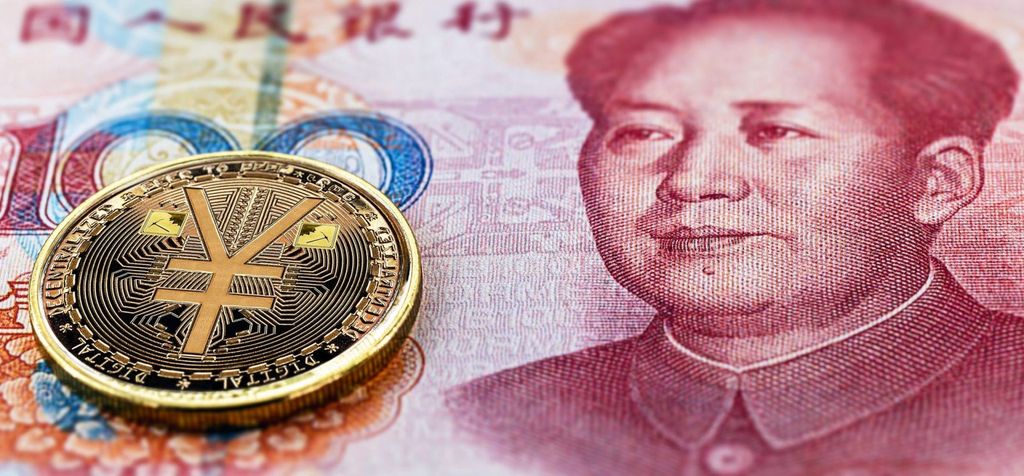
- Area of Expertise
- Global Europe
Trump's betrayal of the world's poor is Europe's opportunity
- Category
- Frankly Speaking
- Author
- By Giles Merritt
Policy Voices | #Throwback: UNRWA’s Jonathan Fowler on Gaza: “It is a…
- Category
- Podcast
- Area of Expertise
- Global Europe
DRIVE Impact Initiative final report
- Category
- Event Reports
- Area of Expertise
- Global Europe
Europe’s blackouts call for a NATO-level response
- Category
- #CriticalThinking
- Author
- By Maurizio Geri
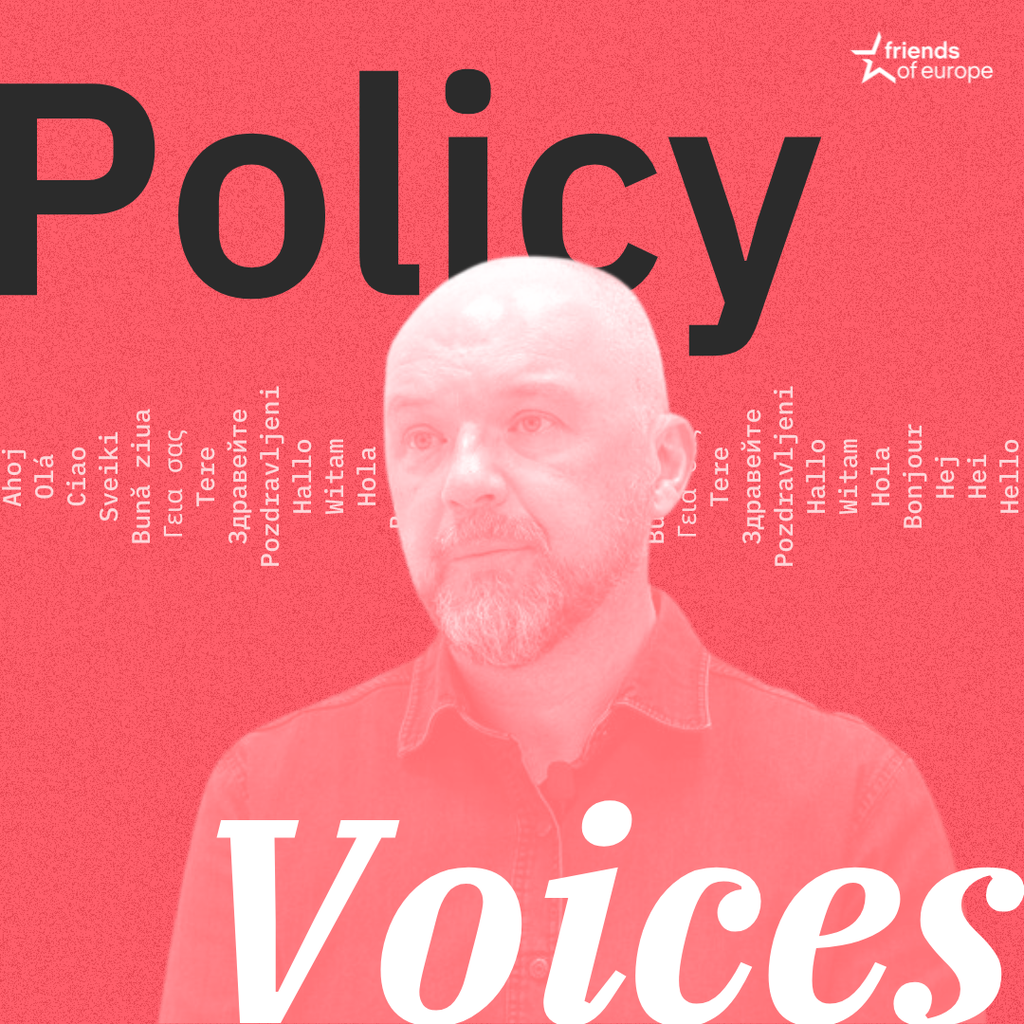
- Area of Expertise
- Global Europe
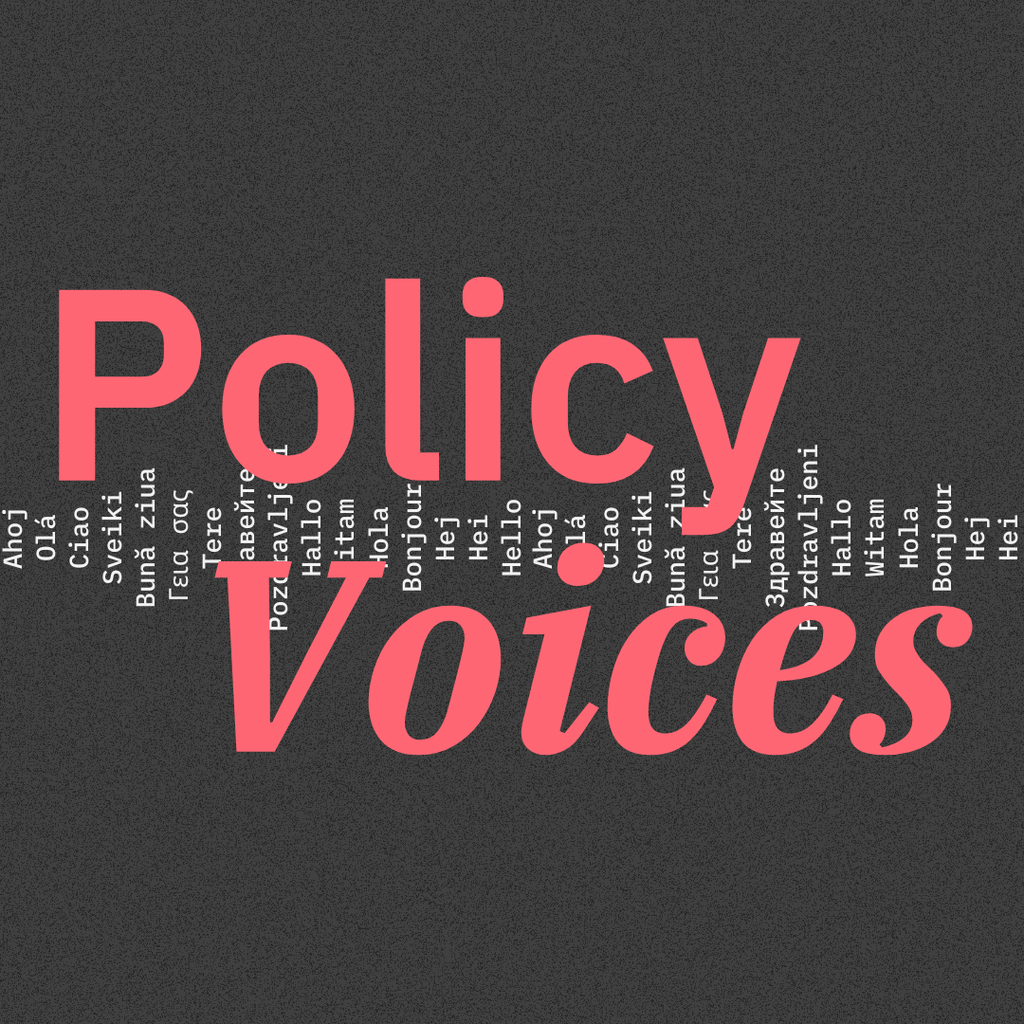
- Area of Expertise
- Global Europe
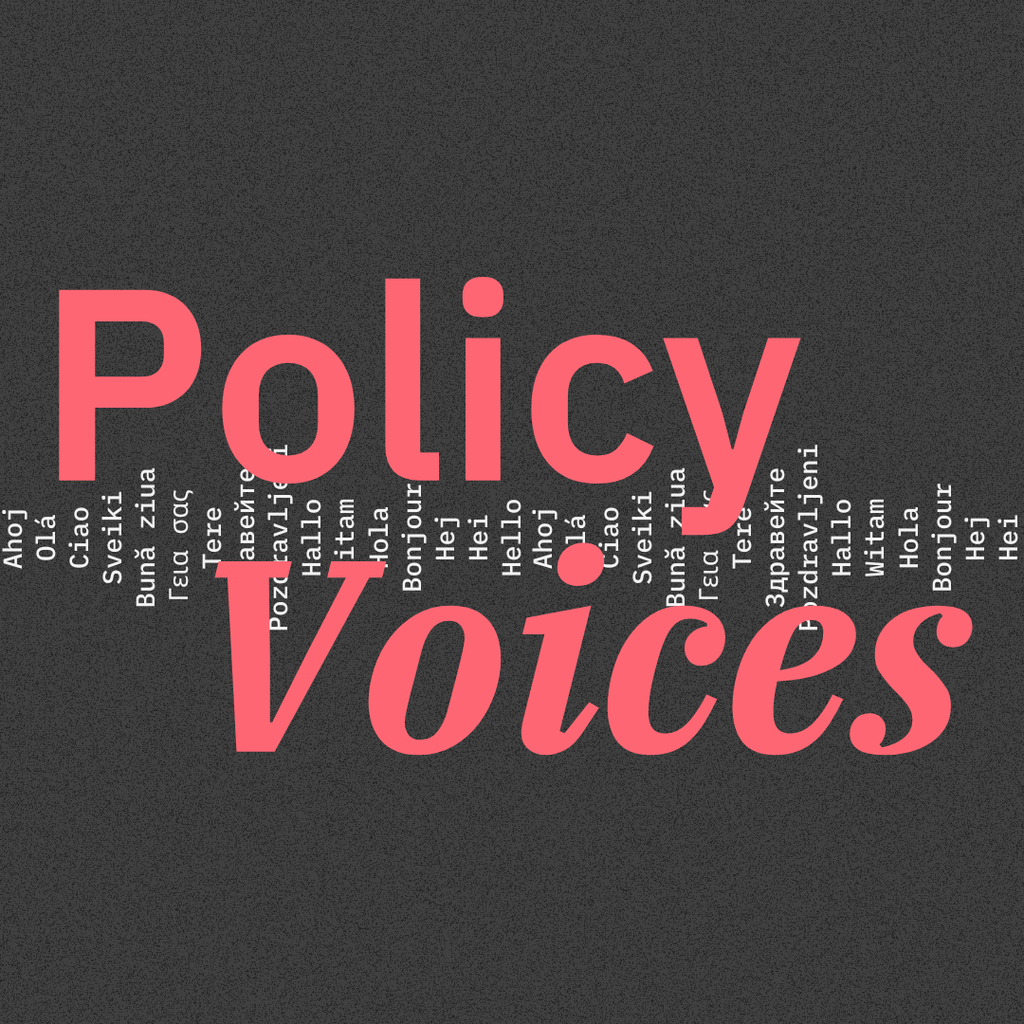
- Area of Expertise
- Global Europe

- Area of Expertise
- Democracy
Continue
the debate on
- Debating Europe

